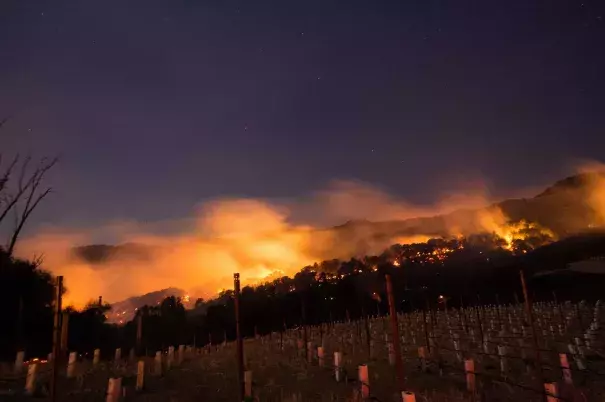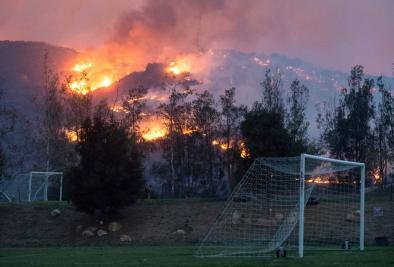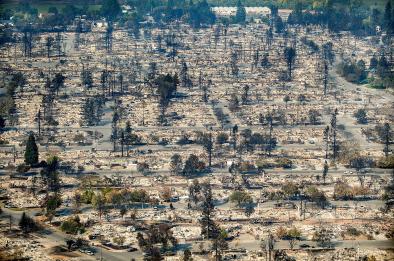4 Questions About Climate Change and the California Fires

The deadly fires that swept through California's wine country made one of the state's most destructive fire seasons on record even worse. As global temperatures continue to rise, scientists say the risk of extreme fire seasons across the West is rising, too.
Wildfires are hugely complex events, complicated by human activity, including rampant development and decades of fire suppression strategies that left too much dry timber and underbrush for fires to burn.
Add the effects of climate change to the mix, and California's already fire-prone landscape grows increasingly combustible.
What's the link between fires & climate change?
An increasing body of research finds that the hot and dry conditions that created the California drought were brought on in part by human-causedwarming.
Higher temperatures pull moisture out of soil and vegetation, leaving parched landscapes that can go up in flames with the slightest spark from a downed utility wire, backfiring car or embers from a campfire.
California's average temperature has risen about 2 degrees Fahrenheit during the second half of the 20th century. Altogether this has led to more "fuel aridity"—drier tree canopies, grasses and brush that can burn.
"There's a clear climate signal in these fires because of the drought conditions connected to climate change," said Daniel Swain, a climate scientist at UCLA.
Related Content






